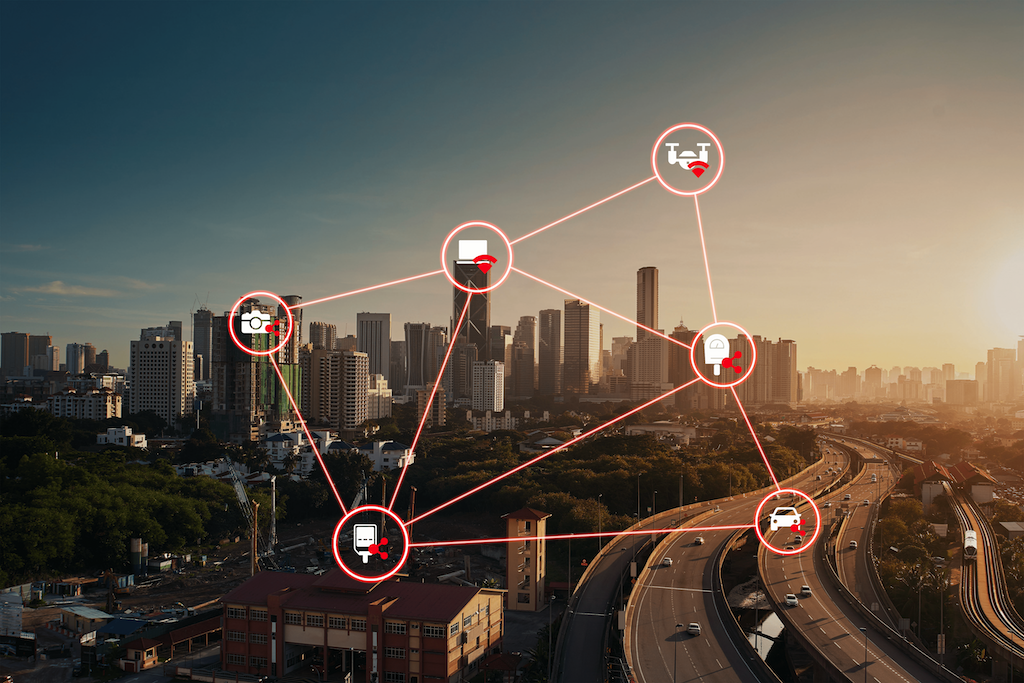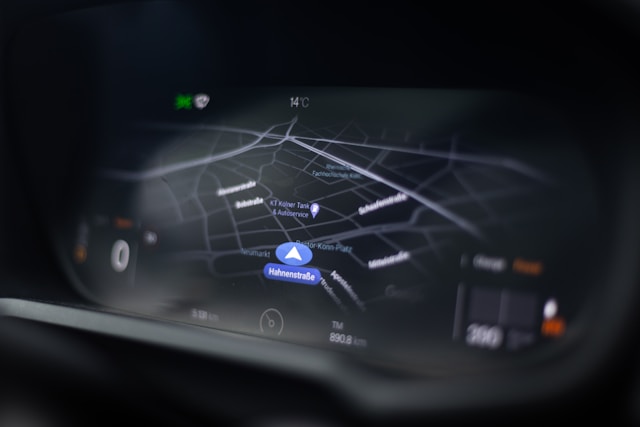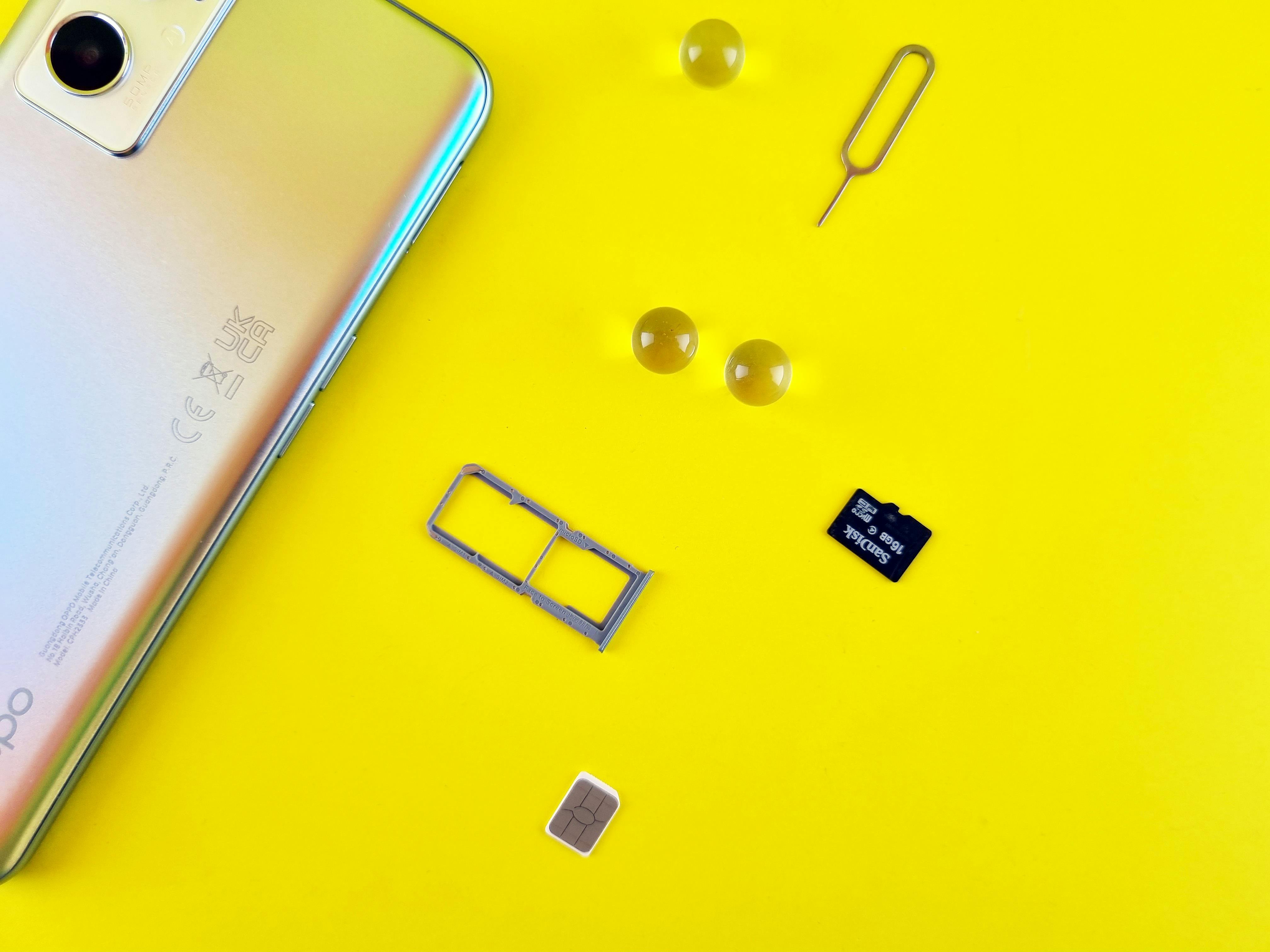Difference Between IoT and M2M: Explained with Examples
-
July 16, 2022
-
6 min read

The field of remote device networking has been revolutionized in the past several years. Two technologies that we often hear while discussing device networking are M2M (Machine-to-Machine) and IoT (Internet of Things). They both have similar objectives: connecting smart devices without, or with the least, human involvement for capturing and transmitting the data and remote monitoring. So what do the two mean? How are they different?
What is M2M?
Machine-to-Machine, or M2M, refers to the direct communication between devices. They may use wired or wireless communication channels without human intervention. The technology allows point-to-point communication between machines, sensors, and hardware. It enables the devices to capture information about their state. They can communicate that information to other devices and control their operational behaviour using that information. The main goal is to collect the data, transmit it over the network and perform actions based on the triggered events. M2M communication finds favour in industries looking for a more efficient, less expensive, and faster technology.
Common examples of machine-to-machine technology are controlling electrical devices like fans and bulbs using smartphone’s Bluetooth. Here, the smartphone and the electrical devices are the two interacting devices. Another example is the smart meter, which can track electric consumption in real-time. M2M technology is widely used in applications such as tracking and tracing, automation, metering, healthcare, etc.
M2M technology has many benefits, including but not limited to:
- cost-effective
- easy to maintain
- improves customer service by proactive monitoring and servicing.
How M2M works?
The primary purpose of M2M technology is to tap into sensor data and transmit it over the network. M2M system often uses cellular or Ethernet and consists of three main components:
- Data endpoint (DEP): It is the system containing the data to be monitored or transmitted. Data endpoints are microcomputer systems- transmitters that are linked to a receiver. The network consists of many connected devices and data endpoints.
- Communication networks: Cellular networks and wireless or wired internet connections are different types of communication networks transferring data from one machine to another.
- Data integration point (DIP): It is the machine that receives the information. There can be multiple data endpoints in a network but only one data integration point. The DIP can be a control centre for metre readings, a server, or a web crawler.
What is IoT?
IoT or the Internet of Things is a concept where network infrastructure such as devices, applications, sensors, and actuators are connected via the internet. IoT is the interconnection of distinctively identifiable embedded computing machines within the existing internet infrastructure. This interconnection allows them to exchange data with each other and with other devices. This enables them to be remotely monitored and controlled.
IoT is the successor of M2M technology. In other words, M2M serves as the foundation for IoT. IoT takes the basic concepts of M2M and expands them by creating large cloud networks of devices that communicate with one other on cloud networking platforms. The cloud architecture provides infrastructure, software, and platform for all IoT devices. It allows users to create fast, flexible, and high-performance networks that connect a wide range of devices.
There are many examples of IoT devices around us these days. Smart home voice assistants like Google Home and Alexa and the other devices that they are connected to are examples of IoT. Any network of devices that are connected to the internet and use a cloud platform to communicate with each other are considered to be part of the IoT.
What is the purpose of IoT?
The main goal of IoT is to create an intelligent environment for the users making life easy and convenient. IoT provides an innovative way to interact with objects in the real world by capturing real-time data. This data facilitates monitoring, tracking, and controlling physical devices.
Must Read: Understanding the Logical and Physical Design of IoT
IoT connects people, places, and things in ways hitherto considered impossible. IoT can help people take care of their house, do online shopping, buy groceries, and much more without even having to leave their homes. It is possible because IoT allows users to control specific devices and appliances remotely.
Key Differences between M2M and IoT
M2M and IoT are not the same. IoT requires M2M, but M2M does not need IoT. M2M systems are often isolated, and IoT systems take M2M to an enhanced level. They bring isolated systems together into a large connected ecosystem.
Some of the key differences between these two technologies are:
| Basis | M2M | IoT |
| Connection Type Used | Simple device-to-device communication usually within an embedded software at the client site. | Devices use IP networks to communicate. |
| Communication | Communication directly between machines. | IoT sensors automation. |
| Communication Protocol Used | Communication technology techniques and traditional protocols. | Internet protocols like HTTP, FTP and Telnet. |
| Intelligence | Observation of some degree of intelligence. | Objects are responsible for decision-making. |
| Technology | Hardware-based. | Hardware and Software-based. |
| Data Sharing | Data sharing among communicating parties only. | Data sharing between other applications to improve the end-user experience. |
| Scope | Deployed in a closed system. | Connects to a larger network. |
| Open API Support | No open API support. | Supports open API integration. |
| Internet | Devices do not rely on internet connection. | An active internet connection is required. |
Other Big Differences between IoT and M2M
The big difference between IoT and M2M is the connection. IoT is usually any device connected to the internet for enhanced performance. On the other hand, M2M is generally two or more devices connected with the internet for data sharing and analytics.
IoT is premeditated to be scalable so that devices can be added to a network and integrated into existing systems. M2M networks can be more labour-intensive to set up and maintain since new point-to-point connections must be created for each device.
M2M v/s IoT – What does your business need?
There is no one-solution-fits-all approach for device networking. Apart from your service provider who can offer the latest technology, the answer depends on what we need from our device communication technology.
M2M technology will make a better choice in case the application –
- Needs point to point communication.
- Needs to execute the limited set of machine communication quickly and reliably.
- Needs to be operational with or without a Wi-Fi connection.
- Doesn’t consider scalability as a primary concern.
IoT will be the better option if the application –
- Requires real-time syncing of different devices.
- Requires scalability for large numbers of devices and users.
- Requires its data and devices to be compatible with multiple standards.
- Needs access to a fast and reliable WiFi connection.
 Share
Share










